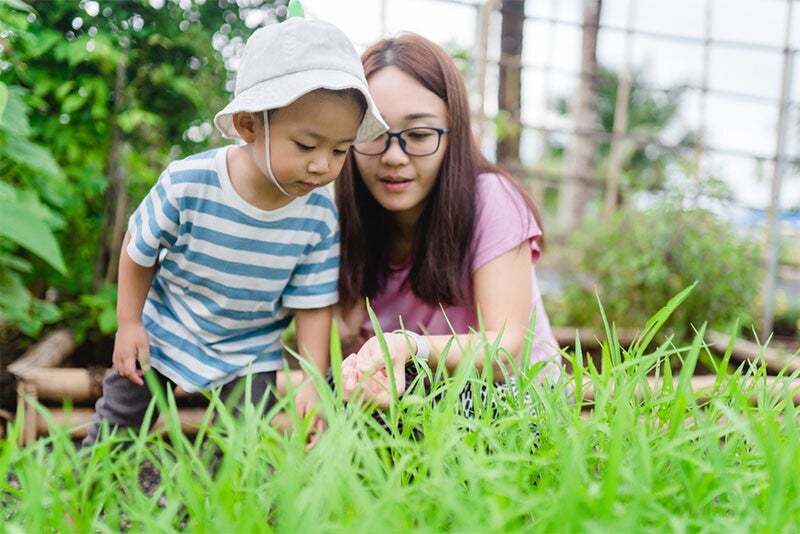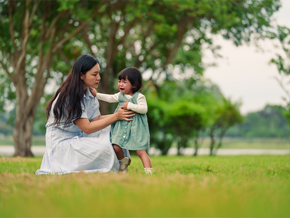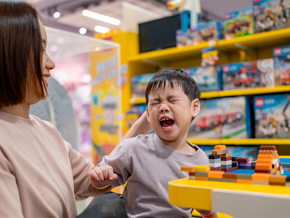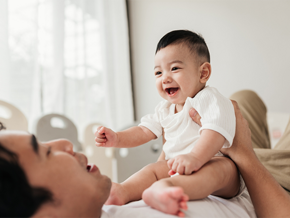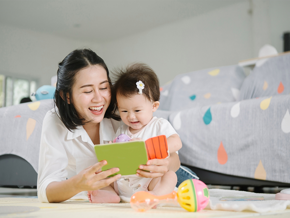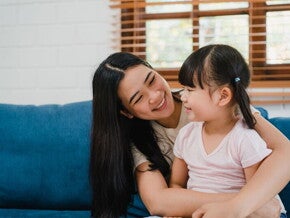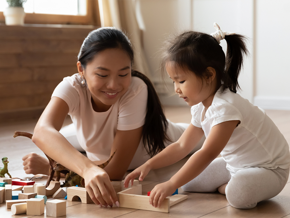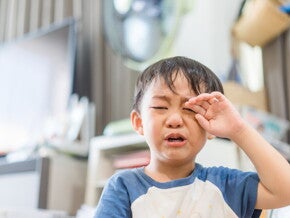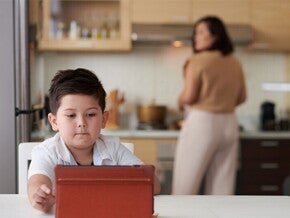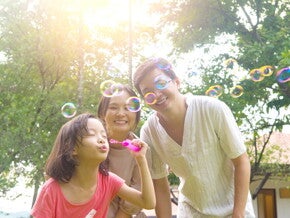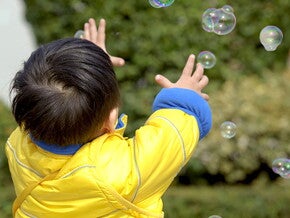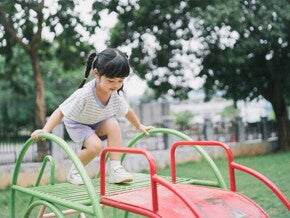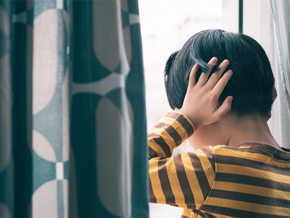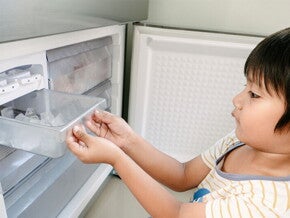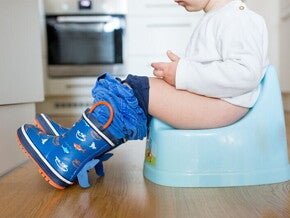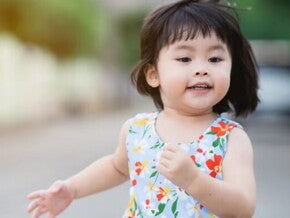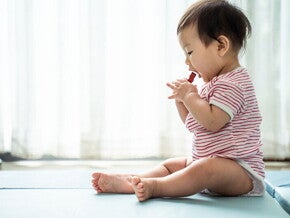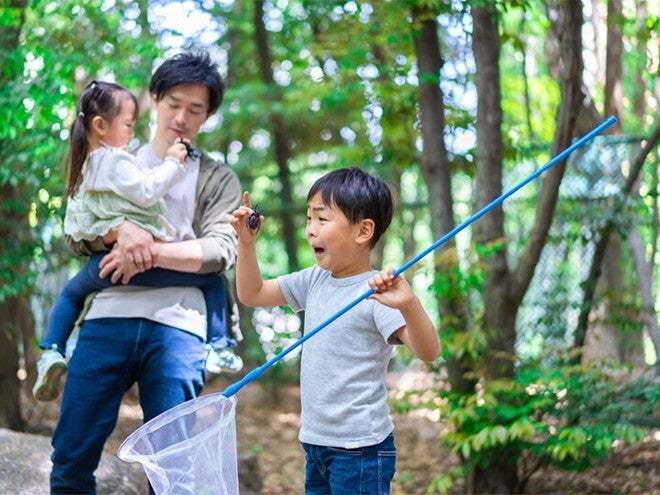
When your toddler starts asking endless questions, copies everything you do, or "reads" a story from memory, you're seeing just the beginning of their potential. These little moments are signs that your child's brain is developing rapidly, which makes early childhood education crucial.
Now, that doesn't mean sending them to the most expensive playschool. It actually starts with you—you are your child's first teacher! How you play and talk with your child from birth helps them grow in every way.
What Is Early Childhood Education?
Early childhood education refers to how you nurture your child's desire to learn from birth until around age 8.
Your child's brain is like a sponge during these formative years. It's absorbing information and experiences that help your little one learn to talk, remember things, and manage emotions. It's crucial to feed that brain development in early childhood to instill lifelong learning—and parents lead the way in guiding that growth.
How to Build a Positive Early Learning Experience
The weight of being your child's first teacher can feel overwhelming. It's natural to wonder if you're even up to the task! But you're already giving your child lessons, so to speak, with the way you talk, play, and spend time together every day.
These simple yet mindful actions make a difference in how your child learns and grows from birth to age 5.
1. Let play be the ultimate teacher.
When they build towers, pretend to cook, or dig in the dirt, they’re learning to solve problems, explore ideas, and make sense of the world. You’re giving their brain the best kind of workout with playtime.
Try this: Instead of always directing, join them in their play. If they're building a tower, ask, "What if we add a roof?" Are they pretending to be animals? Join in! You're fostering creativity and social skills with child-led play.
2. Introduce basic concepts in a natural way.
Sneak learning into everyday routines, so there's no pressure to "learn." Sing counting songs while getting dressed or point out letters on signs during a walk.
Try this: Turn chores into learning games. "Can you count how many socks we have?" "Let's sort the laundry by color." "Help me put these toys away and put the big ones in the big bin." This teaches responsibility, sorting, counting, and following directions.
3. Show, not just tell, how things work.
Young children learn best through hands-on experiences and observation. Instead of just telling them how something works, show them.
Try this: For example, if you're baking, let your child help pour, mix, and count scoops of flour. Talk about what you're doing. "I'm stirring the soup. See how it swirls?" These actions help them understand the world around them.
4. Avoid rushing to give the "right" answer.
Your backyard garden is a great classroom for your toddler.
Respond to your kid's questions with a bit of curiosity: “Hmm, what do you think is going on?" Let them explore and dig deeper and remind them that they don’t have to know everything right away.
Try this: When you encounter a problem (e.g., a jar won't open, a shoe is untied), talk through your thought process with your child. "Hmm, this jar is stuck. Maybe if I try twisting harder?" You're showing them what it takes to solve problems and that discovering answers is what makes learning fun.
5. Provide a supportive environment.
Your child's learning environment is just as important as the activities themselves. They'll need the freedom to move, touch, and investigate their surroundings without constant fear of danger. This means child-proofing your home but also setting up spaces that encourage your children to try new things and act independently (even if it means a little mess).
Try this: Explore parks, point out different plants and animals, talk about the weather, or let them run and explore freely. Plus, physical activity is crucial for early childhood development.
6. Balance independence with structure
While exploration is key, young children also thrive on predictability and routine. A certain amount of structure in the day helps them feel secure, understand expectations, and transition smoothly (they're less fussy or cranky) between activities.
Try this: Keep a simple daily routine with familiar parts—like waking up, eating, playing, and going to bed—around the same time each day. Even something as simple as singing the same clean-up song before tidying up toys helps signal what’s coming next.
7. Embrace mistakes as learning opportunities
A supportive environment means children aren't scared to try new things because they know "oops" moments can lead to "aha!" moments. Praise their persistence, their curiosity, and their willingness to try, even if the outcome isn't perfect.
Try this: When your child struggles with a task or game, say something like, “I love how you kept trying!” or “That was tricky, but you didn’t give up!” Focus on their effort, not just the result. It teaches them that trying is just as important as getting it right.
What to Look for in Your Child's First School
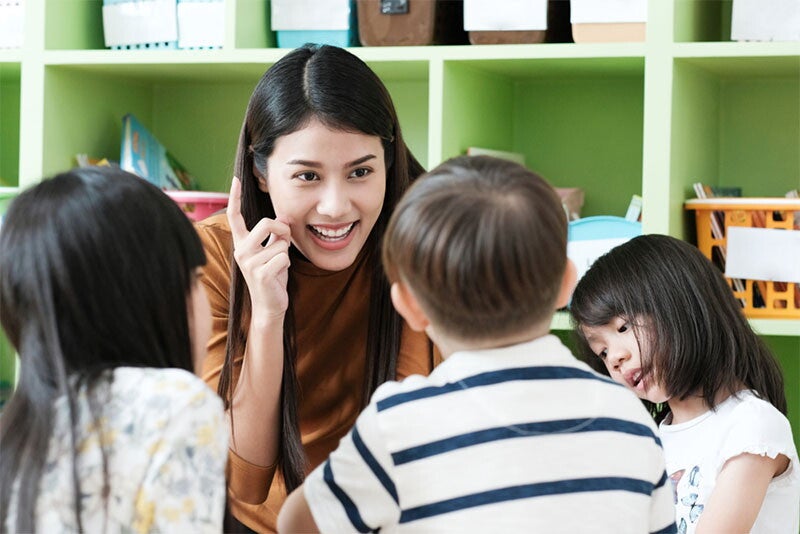
Research has shown that kids with quality early childhood education do better in school.
All these efforts to play and teach your child from birth prepares them for school. Of course, you want their first preschool or kindergarten to be the best. But the "best" school for early childhood education aligns with what matters most to you when it comes to learning.
You're on the lookout for a school that continues the great foundation you've laid for your child. Here are some factors to consider as you evaluate your child's first school:
1. Play-based learning
Look for programs or activities that encourage exploration, imagination, and hands-on learning. This type of learning is both enjoyable for your child and supports their cognitive and social development.
2. Warm and responsive adults
Conduct a sense check of the students in the class. How do they talk to their teachers? The most effective early childhood educators are attentive, kind, and responsive to the needs of children. They speak with children, not just to them, and encourage questions and curiosity.
3. A safe yet stimulating environment
A good learning space is both safe and full of opportunities to explore. Think books, blocks, art supplies, pretend-play areas, puzzles, and outdoor time. But play doesn’t need to be fancy. Trust a teacher who believes an empty box can become a rocket ship with a bit of imagination.
4. Focus on the whole child
A great early education program doesn’t just teach letters and numbers. It also helps children develop emotional regulation, motor skills, and social connections. Look for programs that balance academics with creative expression, physical activity, and group interaction.
5. Inclusive and culturally respectful
Children thrive when they see themselves represented and respected in their environment. Look for programs or create home activities that reflect your family’s culture and values and help your child learn about others as well.
Raising bright and curious kids
The love and comfort you provide build trust and confidence, making it easy for your child to learn new things. Talking, listening, and being present give them that emotional security to stay curious and keep learning throughout their lives.
Getting early childhood education right means providing your child with a positive learning experience. It always starts with a loving and fun environment where your child can explore, ask questions, and play A LOT. Create an atmosphere where "Why?" is celebrated!
You're already playing a big part in your child's education every day. Share your tips with fellow moms and dads on the ParenTeam Moms and Dads Facebook group.
References
National Institute for Early Education Research. “New Global Research Series Highlights the ‘Next 1,000 Days,’ After a Child’s First 1,000 Days, as Critically Important for Health, Development.” National Institute for Early Education Research, November 20, 2024. https://nieer.org/research-library/new-global-research-series-highlights-next-1000-days-after-childs-first-1000-days.
Nores, Milagros, Allison Friedman-Krauss, and Alexandra Figueras-Daniel. “Activity Settings, Content, and Pedagogical Strategies in Preschool Classrooms: Do These Influence the Interactions We Observe?” Early Childhood Research Quarterly 58 (November 3, 2021): 264–77. https://doi.org/10.1016/j.ecresq.2021.09.011.
HeadStart.gov. “Building Positive Learning Environments for Young Children Starts With You | HeadStart.gov,” February 2, 2021. https://headstart.gov/blog/building-positive-learning-environments-young-children-starts-you.
NAEYC. “DAP: Teaching to Enhance Each Child’s Development and Learning,” n.d. https://www.naeyc.org/resources/position-statements/dap/enhance-development.
Global, UMass. “What Is Early Childhood Education?” UMass Global (blog), April 29, 2025. Accessed June 7, 2025. https://www.umassglobal.edu/blog-news/what-is-early-childhood-education.
Outcomes, Early Childhood. “Benefits of Early Childhood Education,” November 7, 2024. https://education.nsw.gov.au/early-childhood-education/information-for-parents-and-carers/every-child-benefits.










